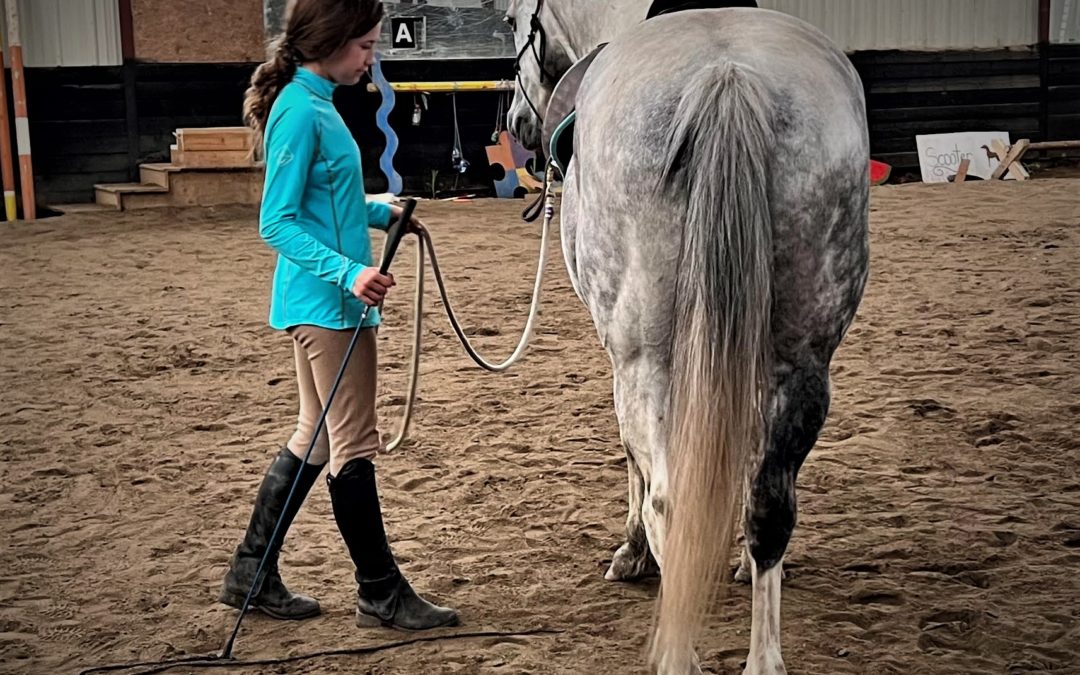Horses don’t speak English and force is not a language. Horses respond to clear communication that they understand.
If we want our horse to do something, it’s our responsibility to communicate in a way that makes sense to the horse, overriding our instincts to get impatient, frustrated or angry. Sometimes if we ask our horse to go from a trot to a canter and he doesn’t, we blame him for being disrespectful, willful or lazy – in fact, he is none of these.
If he loves, trusts and respects us, he knows complying with our request is also in his best interest if we also learn to use and offer more softness, lighter cues and active neutral to create harmony in our partnership and tasks. Non-responsiveness can then be an indication that he doesn’t understand our cues or our way of communicating and clarity is required.
Sometimes if we have not been clear in our communication, our horse may do something other than what we requested but think he is doing what we asked for. Again, when this happens many riders think their horse is resisting and blame the horse. They become annoyed and see the horse as the problem.
If however, the rider can then look inward as being the source of the problem, reconsider the quality of communication and make the appropriate change i.e. more increments, be lighter, release pressure faster, success and harmony can be achieved.
Good leaders always strive to provide clear communication with the understanding that less is more and force (when danger is not a factor) has no place in excellent horse-human partnerships.

